Books
03.24.20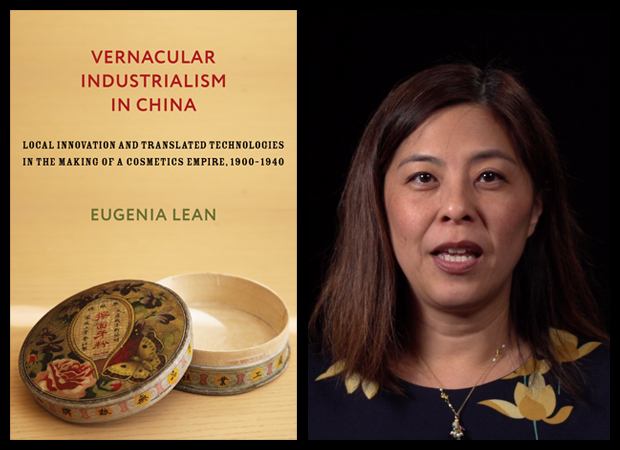
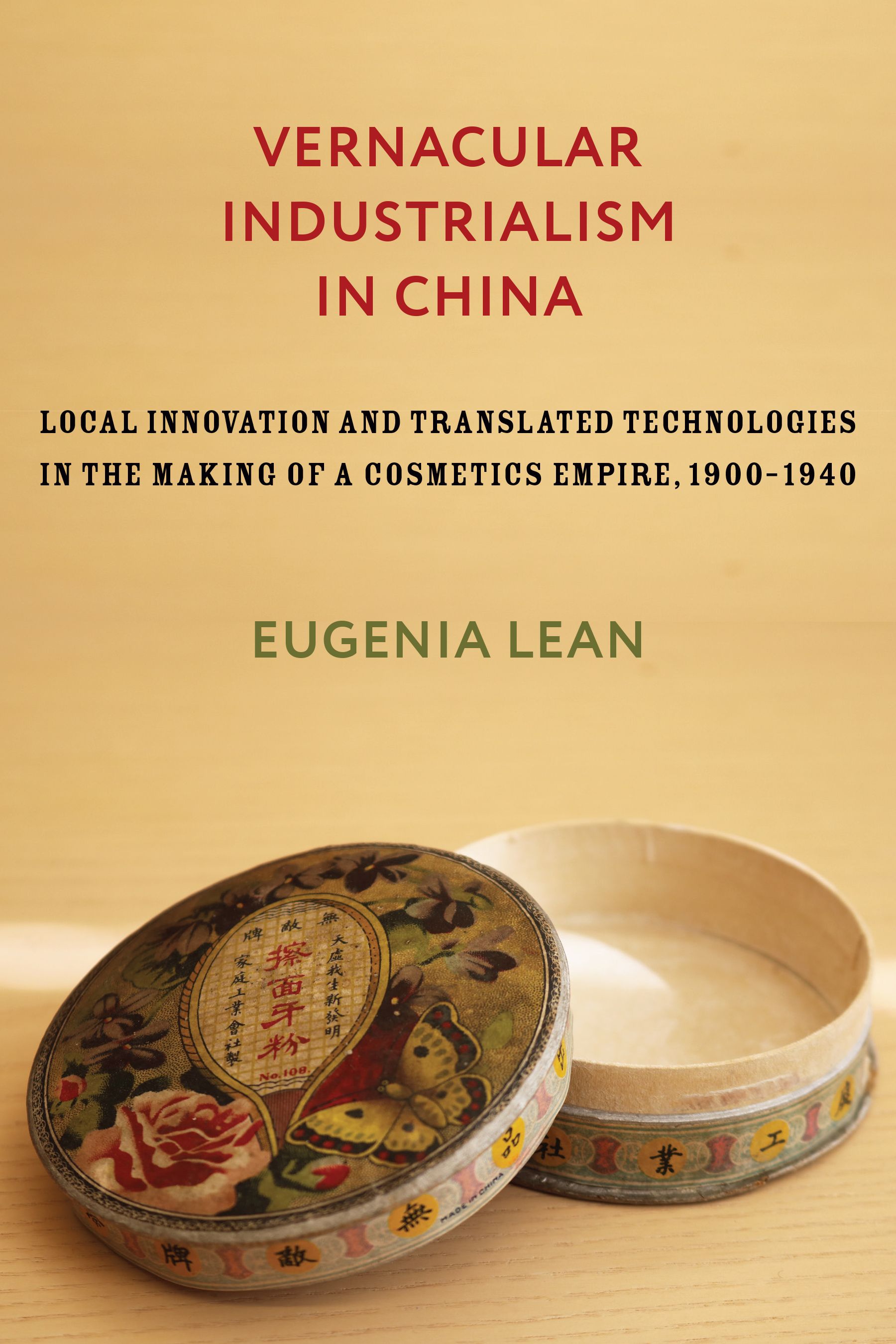
Vernacular Industrialism in China
Columbia University Press: In early 20th-century China, Chen Diexian (1879-1940) was a maverick entrepreneur—at once a prolific man of letters, captain of industry, magazine editor, and cosmetics magnate. He tinkered with chemistry in his private studio, used local cuttlefish to source magnesium carbonate, and published manufacturing tips in how-to columns. In a rapidly changing society, Chen copied foreign technologies and translated manufacturing processes from abroad to produce adaptations of global commodities that bested foreign brands. Engaging in the worlds of journalism, industry, and commerce, he drew on literati practices associated with late-imperial elites but deployed them in novel ways within a culture of educated tinkering that generated industrial innovation.Through the lens of Chen’s career, Eugenia Lean explores how unlikely individuals devised unconventional, homegrown approaches to industry and science in early 20th-century China. She contends that Chen’s activities exemplify “vernacular industrialism,” the pursuit of industry and science outside of conventional venues, often involving ad hoc forms of knowledge and material work. Lean shows how vernacular industrialists accessed worldwide circuits of law and science and experimented with local and global processes of manufacturing to navigate, innovate, and compete in global capitalism. In doing so, they presaged the approach that has helped fuel China’s economic ascent in the 21st century. Rather than conventional narratives that depict China as belatedly borrowing from Western technology, Vernacular Industrialism in China offers a new understanding of industrialization, going beyond material factors to show the central role of culture and knowledge production in technological and industrial change.{chop}
Books
04.11.19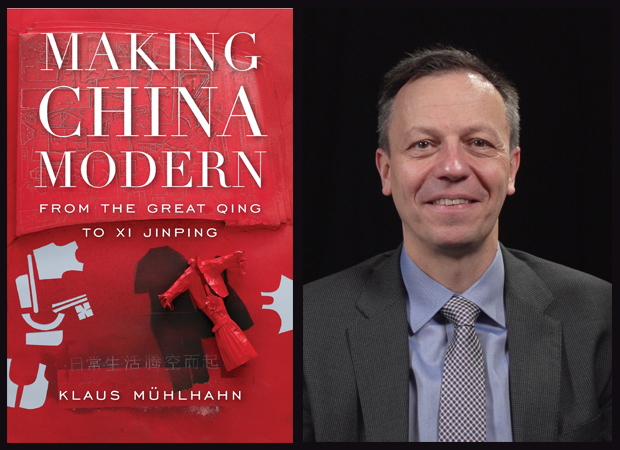
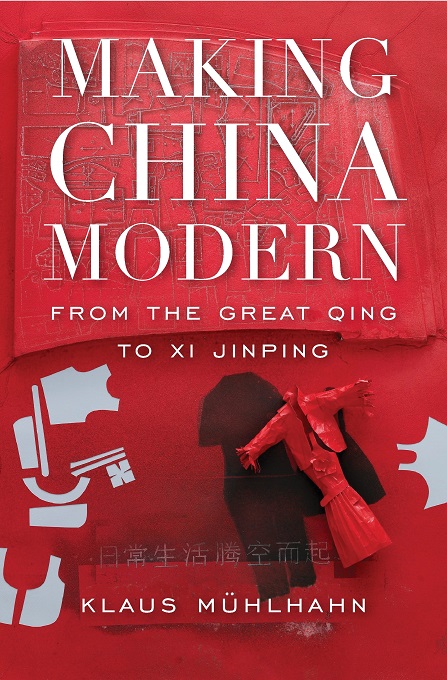
Making China Modern
Harvard University Press: It is tempting to attribute China’s recent ascendance to changes in political leadership and economic policy. Making China Modern teaches otherwise. Moving beyond the standard framework of Cold War competition and national resurgence, Klaus Mühlhahn situates 21st-century China in the nation’s long history of creative adaptation.In the mid-18th century, when the Qing Empire reached the height of its power, China dominated a third of the world’s population and managed its largest economy. But as the Opium Wars threatened the nation’s sovereignty from without and the Taiping Rebellion ripped apart its social fabric from within, China found itself verging on free fall. A network of family relations, economic interdependence, institutional innovation, and structures of governance allowed citizens to regain their footing in a convulsing world. In China’s drive to reclaim regional centrality, its leaders looked outward as well as inward, at industrial developments and international markets offering new ways to thrive.{chop}Excerpts:“Reform and Opening: China’s Turning Point,” Los Angeles Review of Books China Channel, February 7, 2019“Can Environmental Activism Succeed in China?,” Literary Hub, January 28, 2019
Books
02.23.18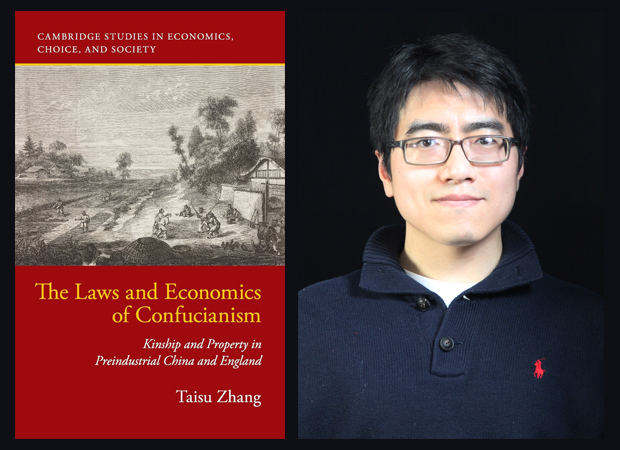
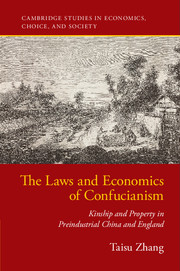
The Laws and Economics of Confucianism
Cambridge University Press: Tying together cultural history, legal history, and institutional economics, The Laws and Economics of Confucianism: Kinship and Property in Pre-Industrial China and England offers a novel argument as to why Chinese and English pre-industrial economic development went down different paths. The dominance of Neo-Confucian social hierarchies in Late Imperial and Republican China, under which advanced age and generational seniority were the primary determinants of sociopolitical status, allowed many poor but senior individuals to possess status and political authority highly disproportionate to their wealth. In comparison, landed wealth was a fairly strict prerequisite for high status and authority in the far more “individualist” society of early modern England, essentially excluding low-income individuals from secular positions of prestige and leadership. Zhang argues that this social difference had major consequences for property institutions and agricultural production.{chop}Related Reading:“Confucian Economics: The World at Work,” Kazimierz Z. Poznanski, World Review of Political Economy, Summer 2015“What was the Great Divergence?,” C.W., The Economist, September 2, 2013The Great Divergence: China, Europe, and the Making of the Modern World Economy, Kenneth Pomeranz, Princeton, 2001Civil Law in Qing and Republican China (Law, Society, and Culture in China), Kathryn Bernhardt and Philip Huang, Stanford, 1994Order without Law: How Neighbors Settle Disputes, Robert Ellickson, Harvard, 1991
Books
02.16.17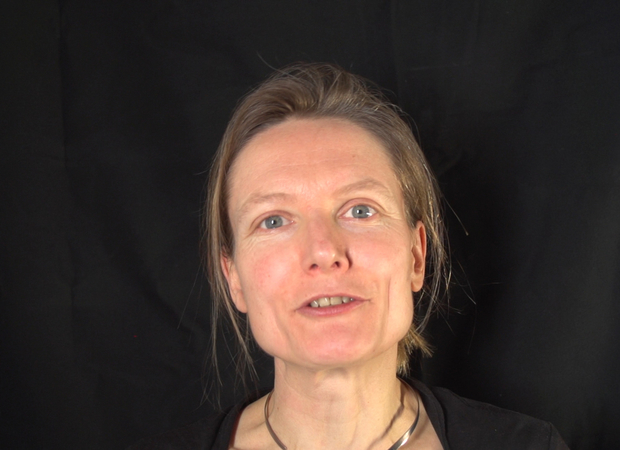
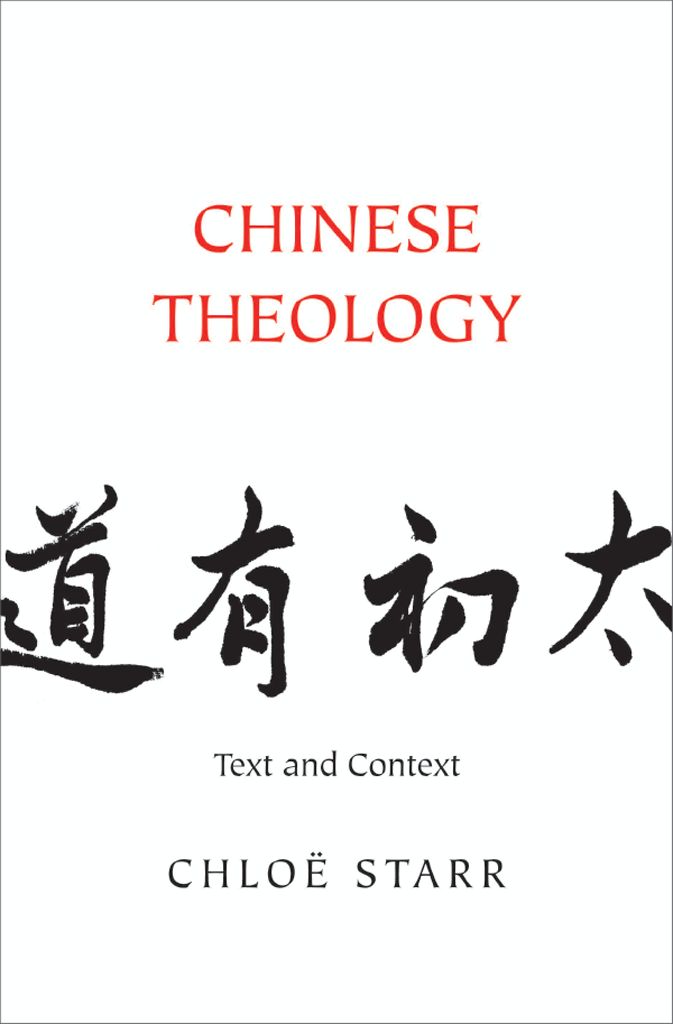
Chinese Theology
In this groundbreaking and authoritative study, Chloë Starr explores key writings of Chinese Christian intellectuals, from philosophical dialogues of the late imperial era to micro-blogs of pastors in the 21st century. Through a series of close textual readings, she sheds new light on such central issues in Chinese theology as Christian identity and the evolving question of how Christians should relate to society and state.Reading these texts in their socio-political and traditional literary contexts, Starr opens a new conversation about the nature of Chinese theology and the challenge it offers to a broad understanding of how theology is created and contextualized. Concentrating on those theologians who have engaged most actively with their cultural and political milieus, Starr argues throughout her readings, as she examines how Chinese literary traditions and reading patterns have shaped Chinese theology, that text is as important as context. —Yale University Press{chop}
Books
10.07.16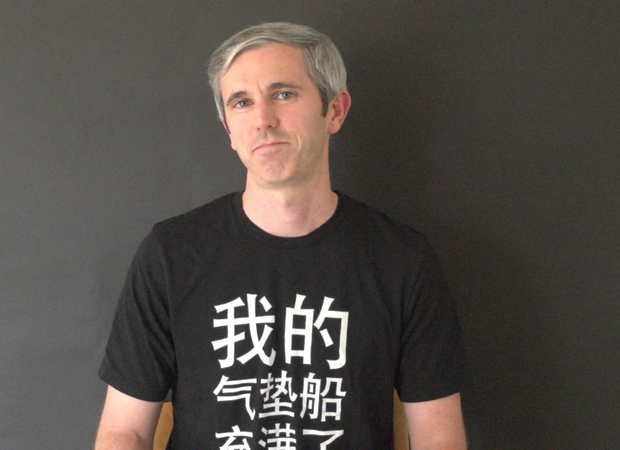
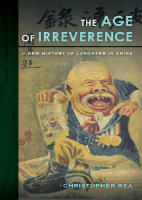
The Age of Irreverence
The Age of Irreverence tells the story of why China’s entry into the modern age was not just traumatic, but uproarious. As the Qing dynasty slumped toward extinction, prominent writers compiled jokes into collections they called “histories of laughter.” In the first years of the Republic, novelists, essayists, and illustrators alike used humorous allegories to make veiled critiques of the new government. But, again and again, political and cultural discussion erupted into invective, as critics gleefully jeered and derided rivals in public. Farceurs drew followings in the popular press, promoting a culture of practical joking and buffoonery. Eventually, these various expressions of hilarity proved so offensive to high-brow writers that they launched a concerted campaign to transform the tone of public discourse, hoping to displace the old forms of mirth with a new one they called youmo (humor).Christopher Rea argues that this period—from the 1890s to the 1930s—transformed how Chinese people thought and talked about what is funny. Focusing on five cultural expressions of laughter—jokes, play, mockery, farce, and humor—he reveals the textures of comedy that were a part of everyday life during modern China’s first “age of irreverence.” This new history of laughter not only offers an unprecedented and up-close look at a neglected facet of Chinese cultural modernity, but also reveals its lasting legacy in the Chinese language of the comic today and its implications for our understanding of humor as a part of human culture. —University of California Press{chop}
Viewpoint
12.30.15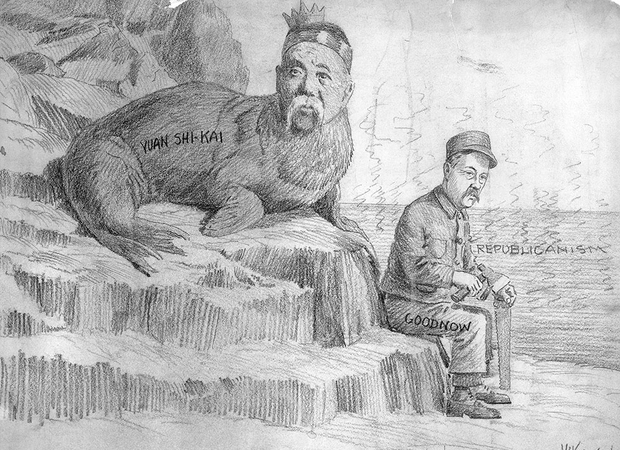
The Perils of Advising the Empire
Goodnow was not the first, nor would he be the last, foreign academic to have their views appropriated in support of illiberal regimes. Recent controversies involving Daniel Bell, whom The Economist once directly compared to Frank Goodnow, and his...
Caixin Media
11.10.15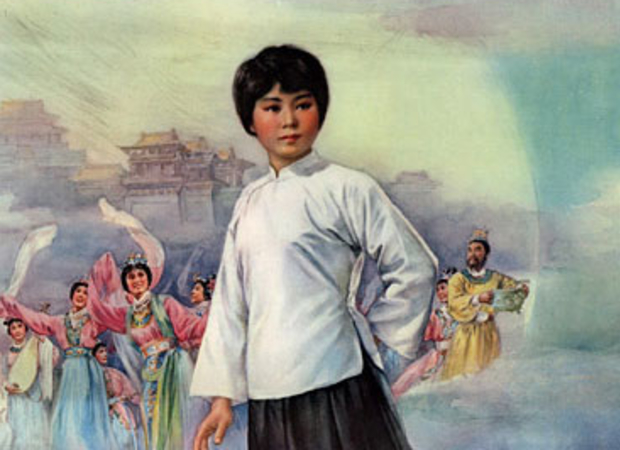
Mao’s ‘Proud Poplar’: Yang Kaihui
Yang Kaihui—who was killed 85 years ago this month—was the first of Mao Zedong’s three freely chosen wives. (Mao was forced by his parents to wed an older neighbor when he was just 14 but did not consider this a true marriage.) Yang’s dramatic, and...
Culture
04.10.15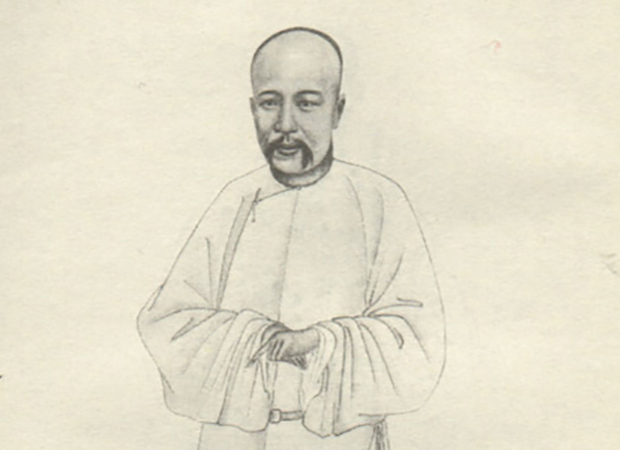
A New Opera and Hong Kong’s Utopian Legacy
This year, the 43rd annual Hong Kong Arts Festival commissioned a chamber opera in three acts called Datong: The Chinese Utopia. Depicting the life and times of Kang Youwei (1858-1927), a philosopher and reformer of China’s last Qing dynasty, it...
The NYRB China Archive
03.21.13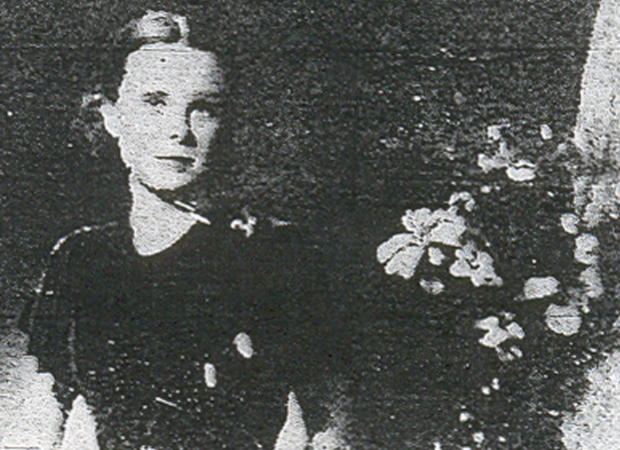
Who Killed Pamela in Peking?
from New York Review of Books
An ordinary winter evening in the Legation Quarter of Peking, where foreign embassies and consulates were located, January 7, 1937. Cold. The heavy sound of Japanese armored cars, out on patrol down the busy shopping streets that flank the Forbidden...
Out of School
12.20.11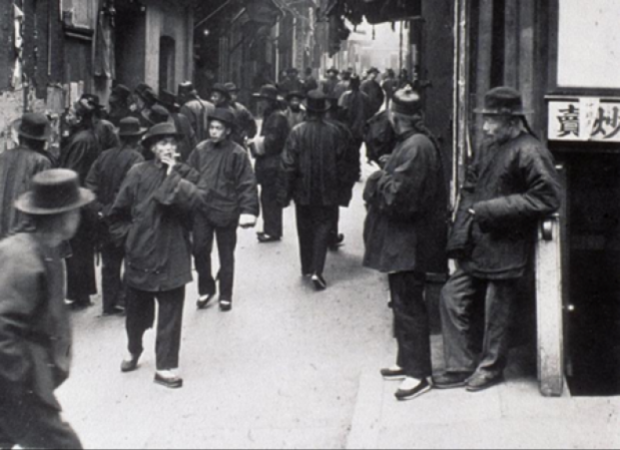
The “United States of China,” 100 Years Later
On September 29, 1910, a young Chinese cook in Berkeley named George Fong bought himself a .38 caliber revolver. The next day he hiked up into the hills behind the fraternity house where he worked at the University of California, found a secluded...
Books
11.01.10
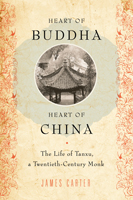
Heart of Buddha, Heart of China
The Buddhist monk Tanxu surmounted extraordinary obstacles—poverty, wars, famine, and foreign occupation—to become one of the most prominent monks in China, founding numerous temples and schools, and attracting crowds of students and disciples wherever he went. Now, in Heart of Buddha, Heart of China, James Carter draws on untapped archival materials to provide a book that is part travelogue, part history, and part biography of this remarkable man. This revealing biography shows a Chinese man, neither an intellectual nor a peasant, trying to reconcile his desire for a bold and activist Chinese nationalism with his own belief in China's cultural and social traditions, especially Buddhism. As it follows Tanxu's extraordinary life, the book also illuminates the pivotal events in China's modern history, showing how one individual experienced the fall of China's last empire, its descent into occupation and civil war, and its eventual birth as modern nation. Indeed, Tanxu lived in a time of almost constant warfare—from the Sino-Japanese War of 1895, to the Boxer Uprising, the Russo-Japanese War, the Japanese occupation, and World War II. He and his followers were robbed by river pirates, and waylaid by bandits on the road. Caught in the struggle between nationalist and communist forces, Tanxu finally sought refuge in the British colony of Hong Kong. At the time of his death, at the age of 89, he was revered as "Master Tanxu," one of Hong Kong's leading religious figures. Capturing all this in a magnificent portrait, Carter gives first-person immediacy to one of the most turbulent periods in Chinese history. —Oxford University Press
Books
04.15.10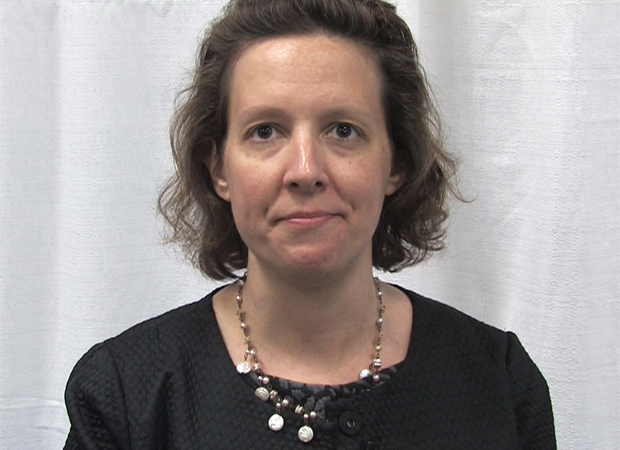
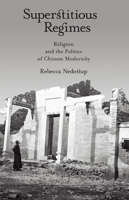
Superstitious Regimes
We live in a world shaped by secularism—the separation of numinous power from political authority and religion from the political, social, and economic realms of public life. Not only has progress toward modernity often been equated with secularization, but when religion is admitted into modernity, it has been distinguished from superstition. That such ideas are continually contested does not undercut their extraordinary influence.These divisions underpin this investigation of the role of religion in the construction of modernity and political power during the Nanjing Decade (1927–1937) of Nationalist rule in China. This book explores the modern recategorization of religious practices and people and examines how state power affected the religious lives and physical order of local communities. It also looks at how politicians conceived of their own ritual role in an era when authority was meant to derive from popular sovereignty. The claims of secular nationalism and mobilizational politics prompted the Nationalists to conceive of the world of religious association as a dangerous realm of “superstition” that would destroy the nation. This is the first “superstitious regime” of the book’s title. It also convinced them that national feeling and faith in the party-state would replace those ties—the second “superstitious regime.” —Harvard University Press{chop}
Books
04.01.10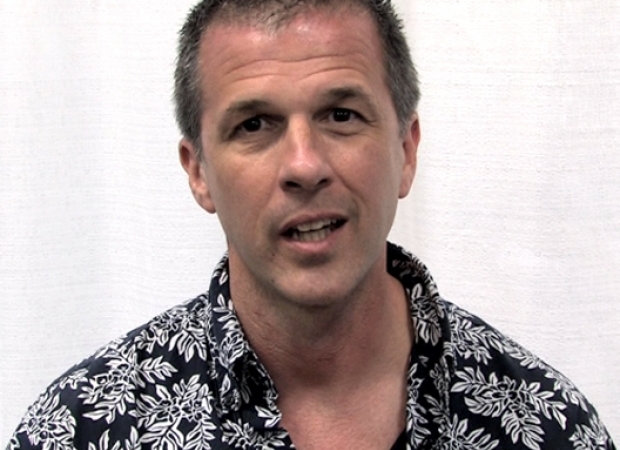
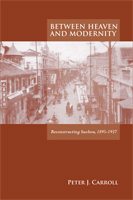
Between Heaven and Modernity
Combining social, political, and cultural history, this book examines the contestation over space, history, and power in the late Qing and Republican-era reconstruction of the ancient capital of Suzhou as a modern city. Located fifty miles west of Shanghai, Suzhou has been celebrated throughout Asia as a cynosure of Chinese urbanity and economic plenty for a thousand years. With the city's 1895 opening as a treaty port, businessmen and state officials began to draw on Western urban planning in order to bolster Chinese political and economic power against Japanese encroachment. As a result, both Suzhou as a whole and individual components of the cityscape developed new significance according to a calculus of commerce and nationalism. Japanese monks and travelers, Chinese officials, local people, and others competed to claim Suzhou’s streets, state institutions, historic monuments, and temples, and thereby to define the course of Suzhou’s and greater China’s modernity. —Stanford University Press
The NYRB China Archive
07.18.91China on the Verge
from New York Review of Books
During the play-off matches for the intercollegiate East China soccer title in the early 1920s, passions ran high. The president of Shanghai’s prestigious Communications University was no less a soccer fan than anyone else, but he was also a...
The NYRB China Archive
05.30.85Mission Impossible
from New York Review of Books
John Hersey’s The Call is an epitaph for 120 years of Protestant missions in China. From 1830 to 1950, the China missions had a steadily growing place in American public sentiment. At the turn of the century, John R. Mott of the Student Volunteer...
The NYRB China Archive
05.28.81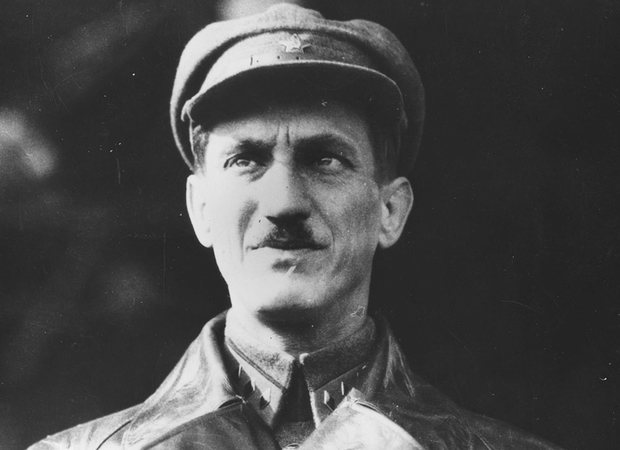
His Man in Canton
from New York Review of Books
In the Chinese united front of the mid-1920s, the Soviet agent Borodin has been a protean figure. Bringing Leninist skills, arms, and advisers to Canton, he seemed to be the priceless ingredient that finally catalyzed Sun Yat-sen’s revolution...



